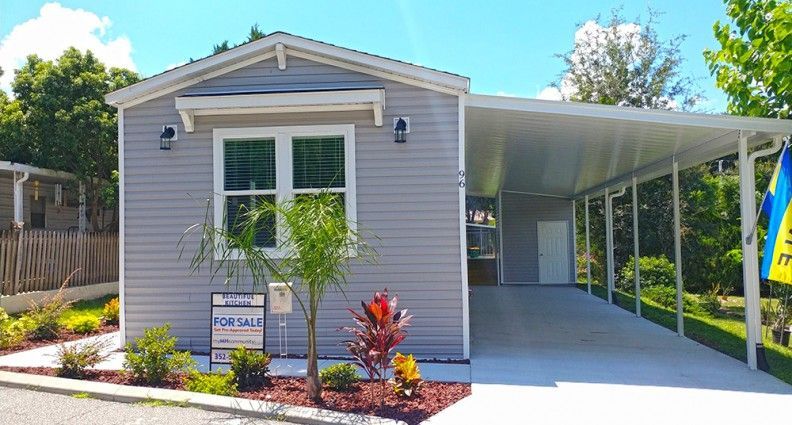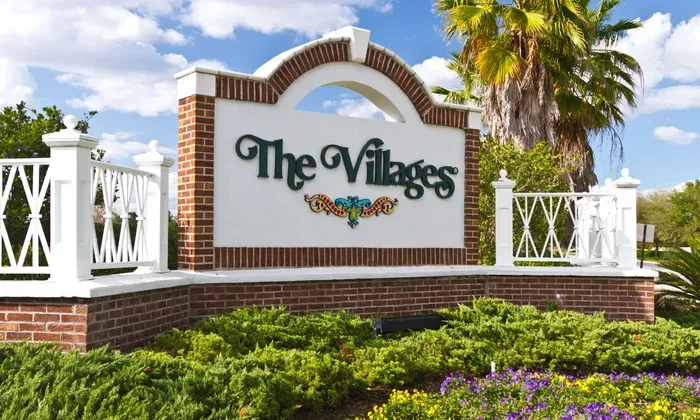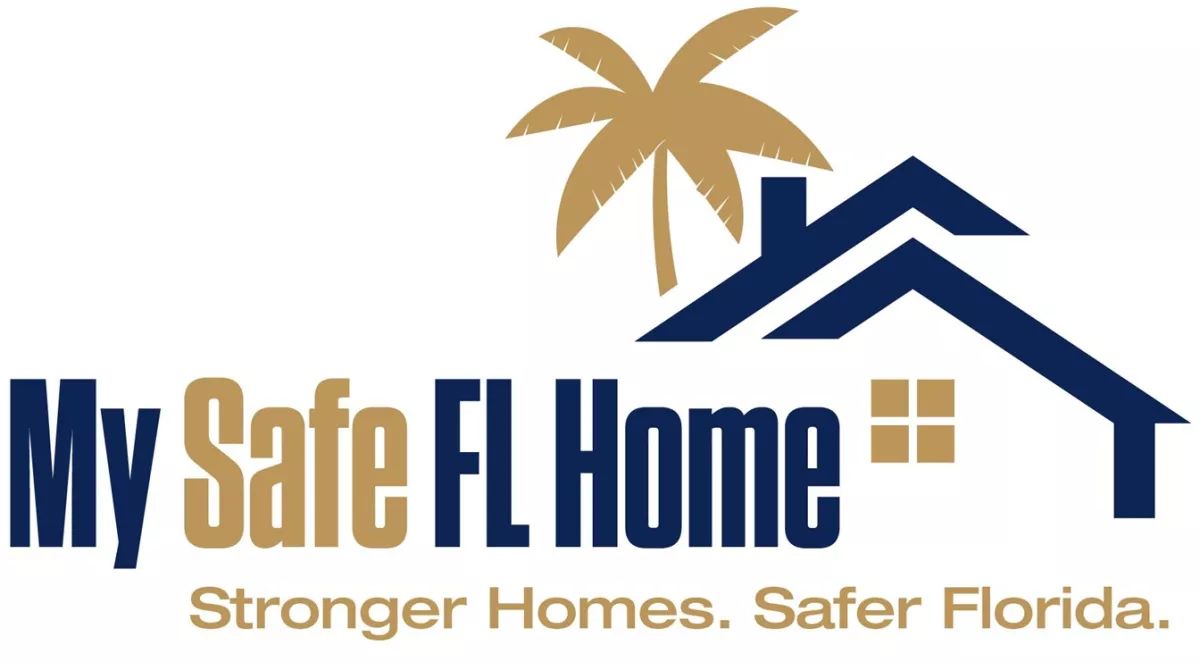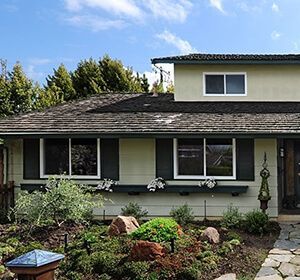First Impressions Matter: What You Don’t Know About Entry Door Installation Could Cost You
How to Choose the Right Entry Door and Install It Without Regret (or a Lawsuit)

When people talk about curb appeal, they often think about paint, landscaping, or maybe a stylish mailbox that doesn’t lean like it’s been through three hurricanes and a raccoon fight. But the real MVP of your home’s first impression?
👉 Your entry door.
It’s not just a door. It’s your home’s handshake, its smile, and—if you live anywhere in Florida—its defense line against Category 5 storms, 100% humidity, and that neighbor who just loves to drop in unannounced.
But here’s the kicker: not all entry doors are created equal, and certainly not all of them are installed the way they should be.
This post is going to take you deep—real deep—into what most people don't know about choosing and installing entry doors, and why hiring a pro (like us at Windoor Retro Professionals) could be the difference between a secure, beautiful upgrade… and a regret that sticks around longer than your mother-in-law during hurricane season.
🏠 Why Entry Doors Are More Than Just Decorative Panels
Let’s start with this simple truth:
Your entry door isn’t just for show—it’s a security system, an energy barrier, a weather protector, and a legal requirement all rolled into one.
Yes, that fiberglass beauty might be stunning with a mahogany grain and fancy sidelights—but if it’s not properly rated, sealed, and installed, it might as well be a piece of plywood with a smile.
Here’s what your entry door must do if you live in Florida (especially areas like Tampa, Orlando, Ocala, Saint Petersburg, Gainesville, Crystal River, Inverness, Citrus Springs, Hernando, and Homosassa):
- 🌀 Withstand hurricane-force winds and pressure
- 🔒 Provide forced-entry resistance
- 🌧️ Keep out rain, wind, and water intrusion
- 🔥 Comply with fire egress codes (depending on location)
- 🧊 Offer thermal efficiency (especially if it's on the west or south side of the home)
🛠️ The Hidden Anatomy of a Proper Entry Door Install
Spoiler alert: Installing an entry door is not the same as hanging a bathroom door in your grandma’s 1970s ranch house.
This is a full-blown exterior envelope penetration. The wrong install can:
- Lead to water damage behind your stucco or siding
- Cause air leakage, wrecking your energy efficiency
- Void the manufacturer’s warranty
- Result in code violations (read: big fines or failed inspections)
- Invite in pests, termites, and their extended family 🐜
Here’s what goes into a professional install done right:
🧱 1. Framing and Bucking
Most Florida homes, especially older block structures, need reframing or bucking. That’s the structural surround inside the opening that holds your new door secure.
If the original wood buck is rotted, termite-eaten, or made from optimism and bad decisions, it’s gotta go.
✅ At Windoor Retro Professionals, we inspect and replace bucking as needed, often using pressure-treated or composite materials to outlast Florida’s climate.
💧 2. Waterproofing and Flashing
This is huge. So many “fast installers” skip proper flashing, and it shows—two years later when there’s mildew crawling out of the baseboard.
We use:
- 🔘 Silicone and polyurethane sealants
- 💦 Pan flashing under the sill
- 📐 Top head flashing with back dam protection
- 🛡️ Moisture barriers behind stucco interfaces
Because if you don’t stop water at the source, it’s coming in one way or another—and you’ll never know until it’s a mold problem.
🪟 3. Anchoring and Shimming (The Unsung Heroes)
Improperly anchored doors can:
- 🚪 Swing open during a storm
- 🎯 Fail pressure testing (which is required for final inspection)
- 🔕 Throw off your security hardware
Our doors are laser-leveled, properly shimmed, and anchored using manufacturer-specified techniques—including stainless steel fasteners for coastal homes.
🧰 4. Threshold Adjustment and Subfloor Prep
If your threshold isn’t sealed or flashed, water creeps under it faster than HOA fines after painting your mailbox purple.
We prep subfloors by:
- Grinding uneven concrete
- Adding self-leveling compounds if needed
- Installing sill pans
- And, of course, sealing everything like it’s about to go through a monsoon.
🪞 Entry Door Material Showdown: Which One is Right for You?
Here’s the lowdown on the most common entry door materials in Florida:
🔹 Fiberglass
- 🚫 Won’t warp, rot, or rust
- 🌀 Can be impact-rated
- 🔒 Accepts multi-point locking systems
- 🎨 Takes paint and stain well
💬 Best for homeowners wanting durability with aesthetics.
🔹 Steel
- 🛡️ Maximum security
- 🔥 Some fire-rated options
- 🧊 Great insulation with foam cores
- ⚠️ May rust in salty air environments
💬 Great for inland Florida but a rust risk on coastal properties.
🔹 Wood
- 🌿 Traditional and elegant
- 🧼 Requires regular sealing
- 🪵 Susceptible to warping in humidity
💬 Not ideal unless you're committed to regular maintenance.
📜 Let’s Talk Permits… and Why Your Cousin Can’t Just “Pop in a Door”
Florida isn’t messing around when it comes to code compliance.
Permits are required for exterior door replacements, and they often require:
- 📊 DP (Design Pressure) ratings
- 🌀 Wind load testing results
- 🏛️ Product approvals from Florida DBPR
- 💼 HOA approval letters
- 📸 Before-and-after photo documentation for inspections
Skip this stuff, and you could find yourself:
- Denied by your insurance
- Fined by your municipality
- Told to remove the door entirely 😬
We handle every bit of this for our customers—from permitting to final inspection—because you shouldn't need a law degree to replace your front door.
🧾 Manufacturer Spotlight: Entry Doors We Actually Trust
We install only the brands that can hold up to the Florida test—heat, wind, humidity, and customers who say, “Can I get one just like this but also impact, cheaper, and in black?”
Our go-to entry door brands include:
- 🏢 Therma-Tru – Beautiful profiles, great impact options, high energy ratings
- 🏢 PlastPro – Fiberglass excellence with woodgrain finishes that fool carpenters
- 🏢 Masonite – Versatile designs with solid warranties
- 🏢 ProVia – Exceptional insulation values
- 🏢 Waudena Millwork – Sturdy and customizable
We can source almost any manufacturer to meet your HOA or aesthetic needs.
⚠️ Entry Door Warranties: Read the Fine Print
A few warranty red flags to watch for:
🚫
No coverage for coastal environments
🚫
No labor coverage for install failures
🚫
Excludes impact damage despite being impact-rated
🚫
Requires homeowner to register within 30 days (many people miss this)
At Windoor Retro Professionals, we review every warranty with you so there’s no fine print that’ll sneak up later like a hidden termite clause.
🐾 Final Tip: Prepare for the Install Like a Pro
You’ll want to do a few things ahead of your install day:
- 🛋️ Move furniture near the entry area
- 🚨 Disable alarm contacts
- 🖼️ Remove photos from adjacent walls
- 🐕 Secure pets from the work zone
- 🧽 Sweep/clean the entry area for easier access
This helps us focus on precision—not dodging your cat or tripping over a plant stand from Pier 1.
🔚 Bottom Line: Entry Door Installs Aren’t for Rookies
Your front door is the threshold between your family and everything else in the world. It deserves professional care, code-compliant install, and materials that last.
Don’t trust some guy with a Craigslist ad and a caulking gun. Trust the licensed pros who eat, sleep, and breathe windows and doors across Ocala, Gainesville, Tampa, Orlando, Saint Petersburg, Crystal River, Inverness, Citrus Springs, Homosassa, Hernando, and every Florida city in between.
Want to make your home more secure, beautiful, and weather-resistant?
📞
Schedule your free entry door consultation with Windoor Retro Professionals today!













